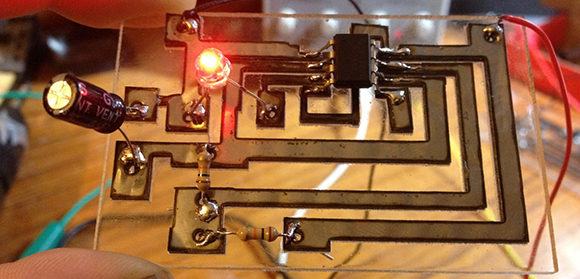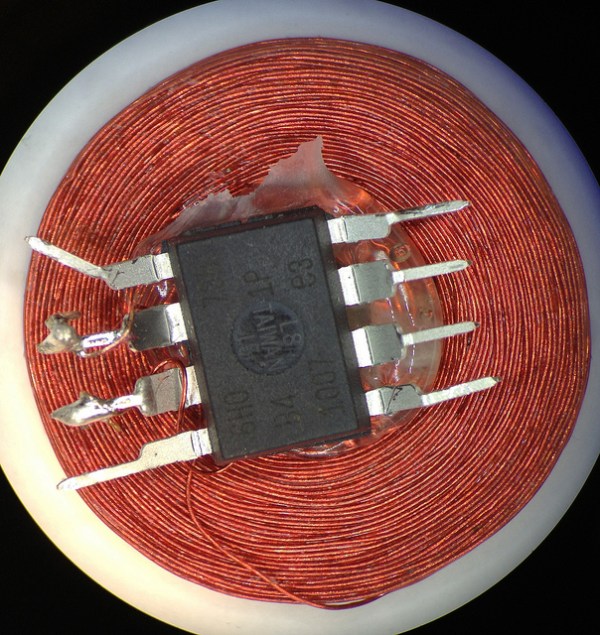
We don’t blame the manufacturer of this GSM to Landline converter box for not designing the thing from the ground-up. After all, quantities of scale have made dumb-cellphones available for next to nothing. But you have to admit that it’s interesting to see a fully populated cellphone board creatively soldered into a consumer product. It would be commonplace if made in your basement rather than being sold in a store.
[Anton] was using the box to add his analog house phones to the cell network. The signal strength at home is pretty low and this box offers an external antenna for better reception. He cracked open the case expecting to see a GSM modem and was surprised to see the cellphone board. It includes a battery backup, and has been soldered directly to the cables which interface with the main PCB using some SIL connectors. Those solder joints were done by hand directly to the pins of the SIM card slot and as well as all of the other important connection points.
















